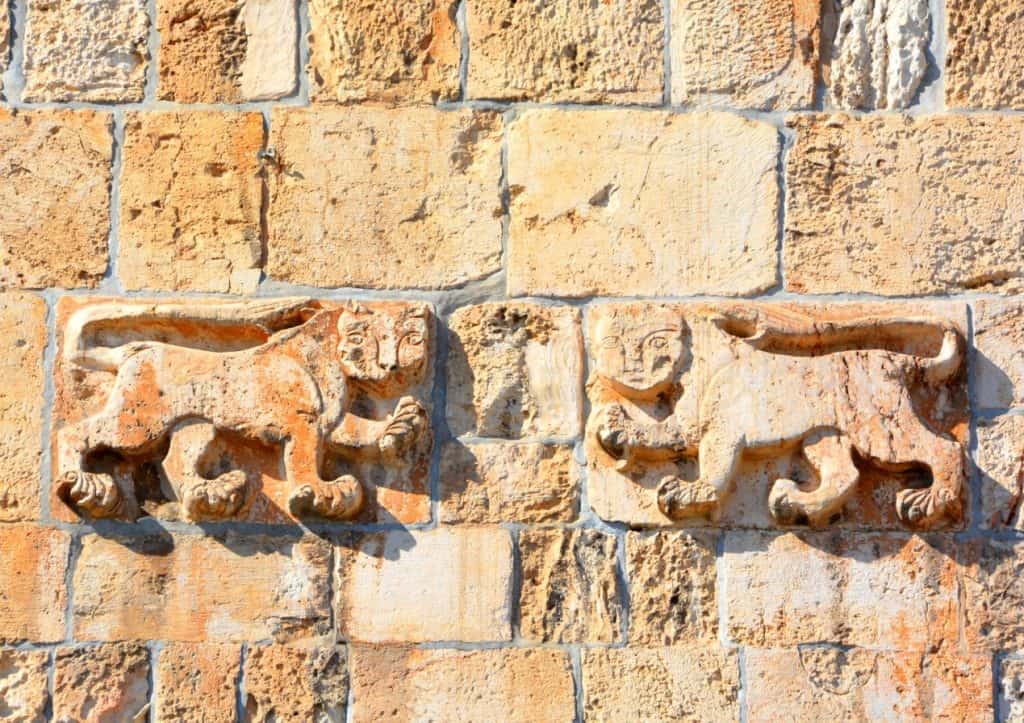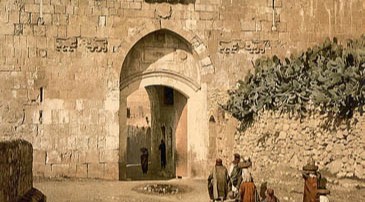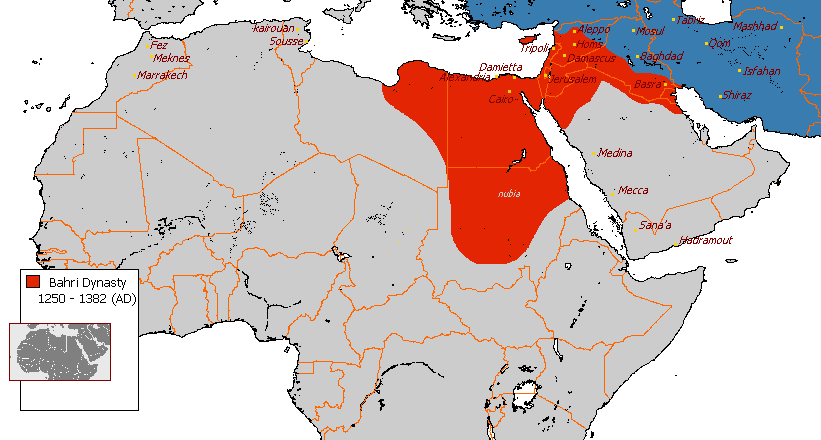Amidst the annals of Islamic history, one dynasty shines with enduring brilliance—the Bahri Mamluks. These remarkable warriors and statesmen emerged from the crucible of history, wielding both sword and wisdom to shape the destiny of Egypt and Syria. Let’s journey back in time and explore the captivating legacy of the Bahri Mamluks.
Birth of the Bahri Dynasty:
This dynasty was of mostly Kipchak Turkic origin. After 1382, they were succeeded by a second Mamluk regime, the Burji Mamluks, who were mainly of Circassian origin. The Bahri Mamluks came to prominence in the 13th century, seizing power in Egypt and Syria. Their rise marked the beginning of a new era in the region’s history, characterized by a blend of military prowess and enlightened governance.
The Mamluks

The Spirit of the Warriors:
So, as warriors, the Bahri Mamluks were legendary. Furthermore, they faced formidable challenges, including the Crusaders and the Mongol hordes, with courage and strategic insight. The pivotal Battle of Ain Jalut, where they halted the Mongol advance, is a testament to their courage.
Jerusalem Archaeological Tour

Cultural Renaissance:
Beyond the battlefield, the Bahri Mamluks were patrons of culture and learning. Under their rule, Cairo became a vibrant center of art, science, and scholarship. Their architectural marvels, including the towering minarets and intricate mosaics, continue to captivate the world.
Defenders of Faith and Tolerance:
In an era marked by religious strife, the Bahri Mamluks upheld religious tolerance. They safeguarded the rights and traditions of various religious communities, fostering an environment of coexistence and respect.

Credit: Arab League at English Wikipedia, CC BY-SA 3.0, via Wikimedia Commons
Notable Figures:
The Bahri Dynasty produced illustrious rulers, including Sultan Baybars, a visionary leader known for his reforms and expansions, and Sultan Qalawun, whose diplomatic prowess played a crucial role in maintaining the stability of the Mamluk Sultanate.
Legacy for the Ages:
Though the Bahri Mamluks eventually succumbed to the passage of time and the rise of new empires, their legacy is a testament to the resilience, courage, and cultural refinement that defined their era. Furthermore, their story inspires us, reminding us that greatness can emerge from the unlikeliest circumstances.
Explore Their World:
Today, the architectural marvels of the Bahri Mamluks stand as living witnesses to their extraordinary legacy. Walk through the grandeur of the Sultan Hassan Mosque or the elegance of the Madrasa of Sultan al-Nasir Muhammad, and you’ll step into a world where the spirit of the Bahri Mamluks still whispers through time.
So, the Bahri Mamluks are not just a chapter in history; they embody the indomitable human spirit and the transformative power of culture, governance, and courage. Last, their story invites us to explore the pages of history where warriors and visionaries converge to shape the destiny of a region.

